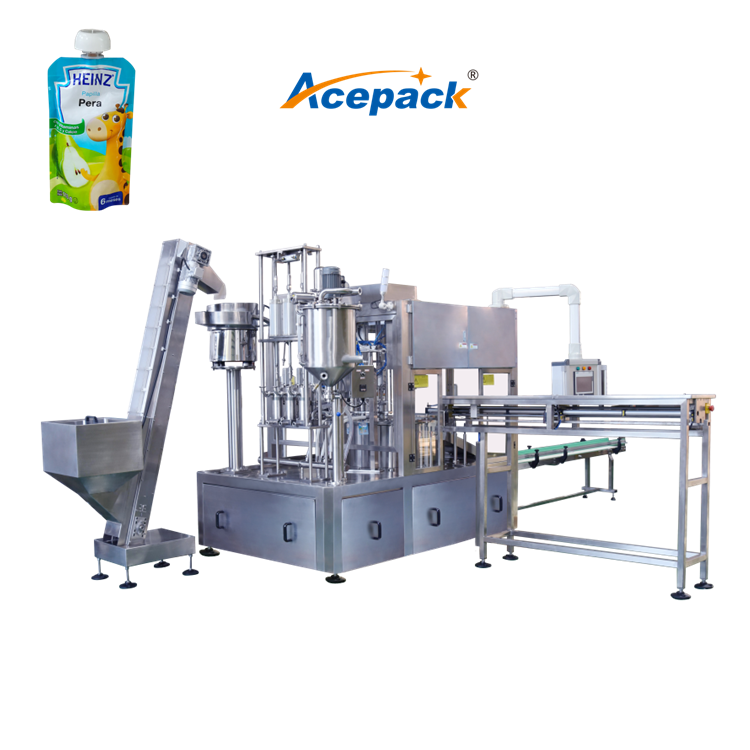The filling and capping machine stands as a pivotal equipment in the modern packaging industry, renowned for its efficiency and precision across multiple sectors. This article delves into the workings, distinctive features, and widespread applications of this advanced machinery, providing both English and Chinese insights for a comprehensive understanding.

Working Principle of the Filling and Capping Machine
The filling and capping machine seamlessly integrates a series of intricate mechanical movements to accomplish the entire process from liquid filling to cap tightening. Initially, empty bottles are neatly arranged and conveyed to the filling station by an organizing mechanism. Here, a magnetic pump or alternative filling method precisely dispenses the liquid into each bottle. Upon completion of filling, the bottles proceed to the sealing station where a robotic arm picks up caps from a hopper, places them onto the bottle necks, and tightens them to a predetermined torque with a capping mechanism, ensuring a secure seal.
Functional Characteristics
- Efficient Automation: The filling and capping machine automates tasks ranging from filling to sealing and capping, significantly boosting production rates and minimizing labor costs.
- Accurate Filling: Utilizing cutting-edge filling technology, it meticulously controls the filling volume, guaranteeing uniformity across every bottle.
- Versatility: Compatible with various bottle materials (e.g., plastic, glass) and sizes, the machine effortlessly adapts to different products by swapping out filling heads and capping mechanisms.
- High-Quality Capping: Designed with precision, the capping mechanism adjusts the tightening force to ensure caps are securely fastened while preserving aesthetic appeal and avoiding scratches on the bottle body.
- Hygiene and Safety: Parts in contact with the product are crafted from premium stainless steel, adhering to pharmaceutical standards and Good Manufacturing Practices (GMP) for utmost safety.
Application Fields
The filling and capping machine finds extensive use in several industries:
- Food Industry: For bottling liquid foods like soy sauce, condiments, and juices.
- Pharmaceutical Industry: Widely employed in packaging oral liquids, injections, disinfectants, and other medical products.
- Cosmetics Industry: Used to fill and seal essential oils, creams, toners, and other cosmetics.
- Chemical Industry: Suitable for packaging cleaners, lubricants, fuel additives, and other chemical products.
In conclusion, the filling and capping machine, with its remarkable performance and extensive applications, is an indispensable asset in today's packaging industry. As technology advances and markets expand, this machinery will continue to play a pivotal role in enhancing productivity and quality across numerous sectors.




